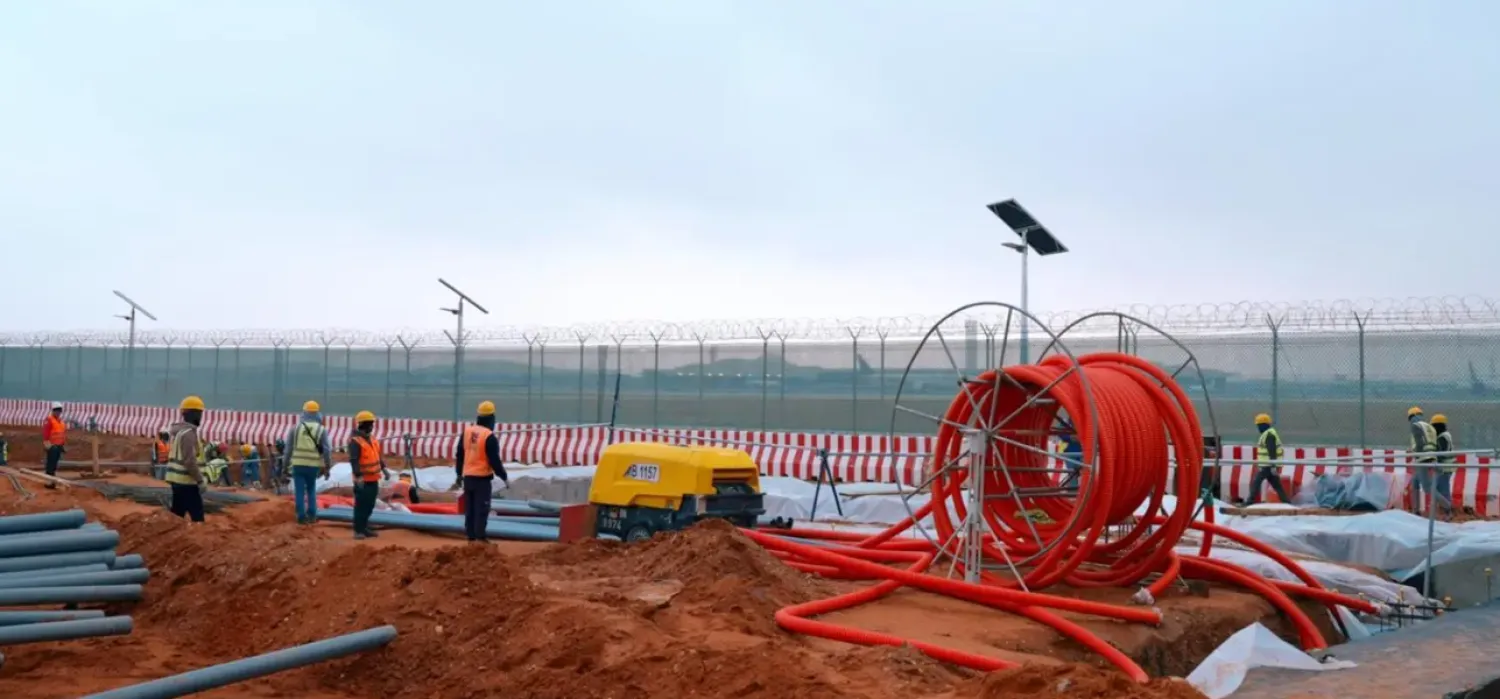Oil prices held steady on Thursday, supported by hopes of a breakthrough in looming trade talks between the US and China, the world's two largest oil consumers. Brent crude futures were up 43 cents, or 0.7%, at $61.55 a barrel, while US West Texas Intermediate crude rose 49 cents, or 0.8% to $58.56 a barrel at 0803 GMT.
The market has almost stabilized at slightly above $61 a barrel, said SEB analyst Ole Hvalbye, which along with some optimism around the current tariff situation with talks due between the US and China, was providing support.
US Treasury Secretary Scott Bessent will meet with China's top economic official on May 10 in Switzerland for negotiations over a trade war that is disrupting the global economy. The countries are the world's two largest economies and the fallout from their trade dispute is likely to lower crude consumption growth. At the same time, the Organization of the Petroleum Exporting Countries and its allies, known as OPEC+, will increase its oil output, adding to pressure on prices.
Analysts at Citi Research lowered their three-month price forecast for Brent to $55 per barrel from $60 earlier, but maintained its long-term forecast of $60 a barrel this year.
A US-Iran nuclear deal could drive Brent prices down towards $50 per barrel on increased supply in the market, but if no deal were to happen, prices could go up to over $70, they added.
Overnight, the US Federal Reserve left the policy rate unchanged, but highlighted the risks of higher inflation and unemployment.
"The Fed signaled that rates will likely remain on hold until the effects of tariffs become clearer. This boosted the US dollar, which added to headwinds facing the broader commodity markets," said ING analysts in a report on Thursday.









